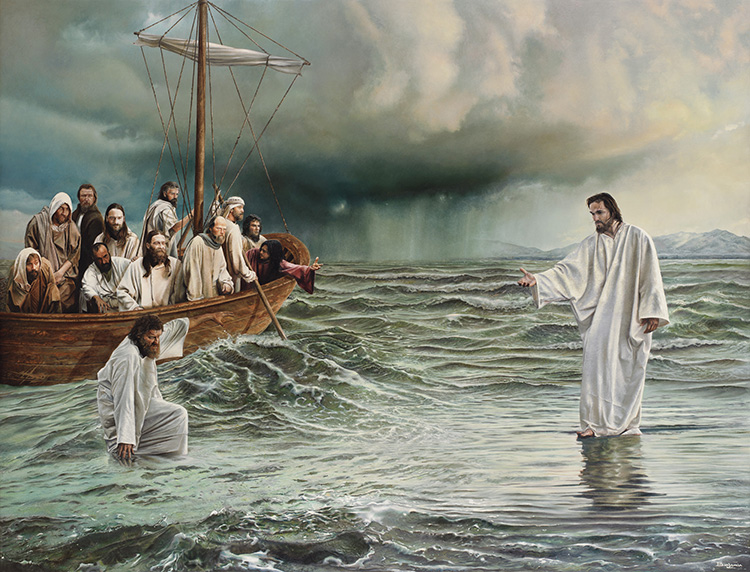But who then were the first Christians, may still be asked? Doubtless the Ebionites; and in this we follow the authority of the best critics. “There can be little doubt that the author (of the Clementine Homilies) was a representative of Ebionitic Gnosticism, which had once been the
Page 181
purest form of primitive Christianity. . . .” And who were the Ebionites? The pupils and followers of the early Nazarenes, the kabalistic Gnostics. In the preface to the Codex Nazaraeus, the translator says: “That also the Nazarenes did not reject . . . the AEons is natural. For of the Ebionites who acknowledged them (the AEons), these were the instructors.”
We find, moreover, Epiphanius, the Christian Homer of The Heresies, telling us that “Ebion had the opinion of the Nazarenes, the form of the Cerinthians (who fable that the world was put together by angels), and the appellation of Christians.” An appellation certainly more correctly applied to them than to the orthodox (so-called) Christians of the school of Irenaeus and the later Vatican. Renan shows the Ebionites numbering among their sect all the surviving relatives of Jesus. John the Baptist, his cousin and precursor, was the accepted Saviour of the Nazarenes, and their prophet. His disciples dwelt on the other side of the Jordan, and the scene of the baptism of the Jordan is clearly and beyond any question proved by the author of Sod, the Son of the Man, to have been the site of the Adonis-worship. “Over the Jordan and beyond the lake dwelt the Nazarenes, a sect said to have existed already at the birth of Jesus, and to have counted him among its number. They must have extended along the east of the Jordan, and southeasterly among the Arabians (Galat. i. 17, 21; ii. 11), and Sabaeans in the direction of Bosra; and again, they must have gone far north over the Lebanon to Antioch, also to the northeast to the Nazarian settlement in Beroea, where St. Jerome found them. In the desert the Mysteries of Adonis may have still prevailed; in the mountains Aiai Adonai was still a cry.”
“Having been united (conjunctus) to the Nazarenes, each (Ebionite) imparted to the other out of his own wickedness, and decided that Christ was of the seed of a man,” writes Epiphanius.
And if they did, we must suppose they knew more about their contemporary prophet than Epiphanius 400 years later. Theodoret, as shown elsewhere, describes the Nazarenes as Jews who “honor the Anointed as a just man,” and use the evangel called “According to Peter.” Jerome finds the authentic and original evangel, written in Hebrew, by Matthew the apostle-publican, in the library collected at Caesarea, by the martyr Pamphilius. “I received permission from the Nazaraeans, who at Beroea of Syria used this (gospel) to translate it,” he
Page 182
writes toward the end of the fourth century.”In the evangel which the Nazarenes and Ebionites use,” adds Jerome, “which recently I translated from Hebrew into Greek, and which is called by most persons the genuine Gospel of Matthew,” etc.
That the apostles had received a “secret doctrine” from Jesus, and that he himself taught one, is evident from the following words of Jerome, who confessed it in an unguarded moment. Writing to the Bishops Chromatius and Heliodorus, he complains that “a difficult work is enjoined, since this translation has been commanded me by your Felicities, which St. Matthew himself, the Apostle and Evangelist, DID NOT WISH TO BE OPENLY WRITTEN. For if it had not been SECRET, he (Matthew) would have added to the evangel that which he gave forth was his; but he made up this book sealed up in the Hebrew characters, which he put forth even in such a way that the book, written in Hebrew letters and by the hand of himself, might be possessed by the men most religious, who also, in the course of time, received it from those who preceded them. But this very book they never gave to any one to be transcribed, and its text they related some one way and some another.” And he adds further on the same page: “And it happened that this book, having been published by a disciple of Manichaeus, named Seleucus, who also wrote falsely The Acts of the Apostles, exhibited matter not for edification, but for destruction; and that this book was approved in a synod which the ears of the Church properly refused to listen to.”

Moe is the founder of GnosticWarrior.com. He is a father, husband, author, martial arts black belt, and an expert in Gnosticism, the occult, and esotericism.




